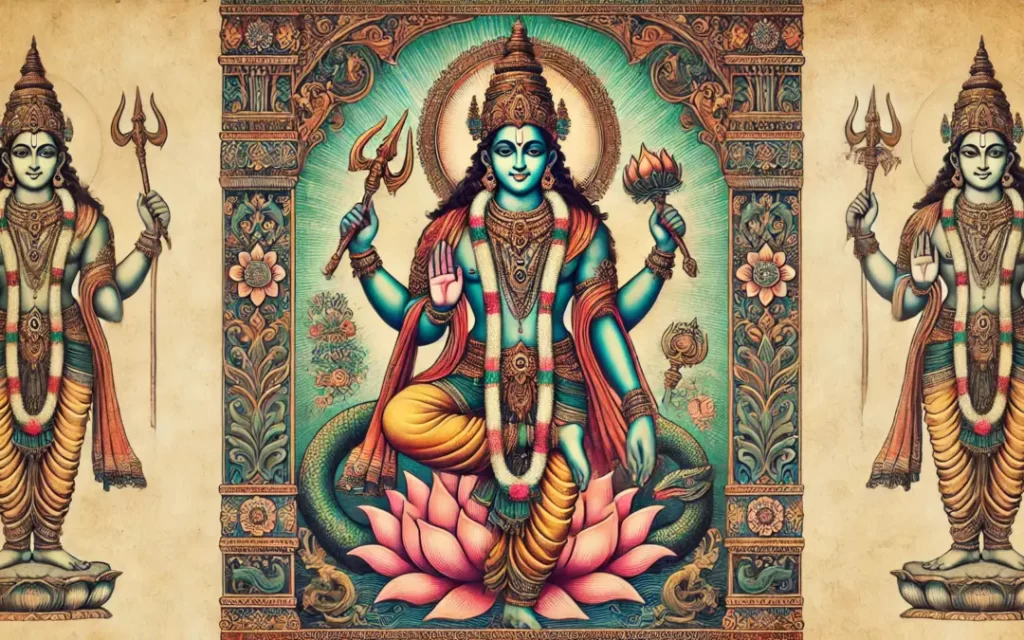Purusha Suktam: Recitation Guide & Its Power in Daily Life Purusha Sooktam / Purusha Suktam is a hymn of praise adoring the Infinite Reality expressed through its creativity. One of the most famous hymns of the Rig Veda, it has the special privilege of being widely chanted by devotees The word Purusha here refers to Read More
Tag: Purusha Sooktam
The Purusha Sooktam finds a place in all the Vedas, with slight variations. Though the original Purusha Sookta mantra is found in Rig Veda, it also occurs both in Shukla Yajur Veda (in Vajaneya Samhita) and Krishna Yajurveda (Taittiriya Samhita).
Purusha Sooktam: Translation & Significance
Purusha Sooktam is a hymn of praise adoring the Infinite Reality expressed through its creativity. One of the most famous hymns of the Rig Veda, it has the special privilege of being widely chanted by devotees Purusha Sooktam / Purusha Suktam The word Purusha here refers to the Supreme Being – Parama Purusha, the Supreme Read More

